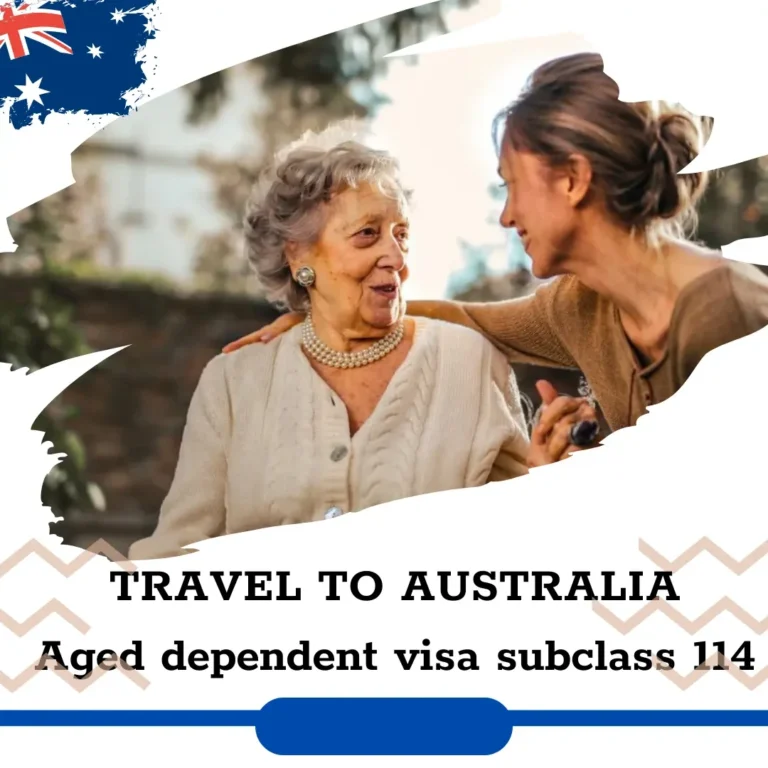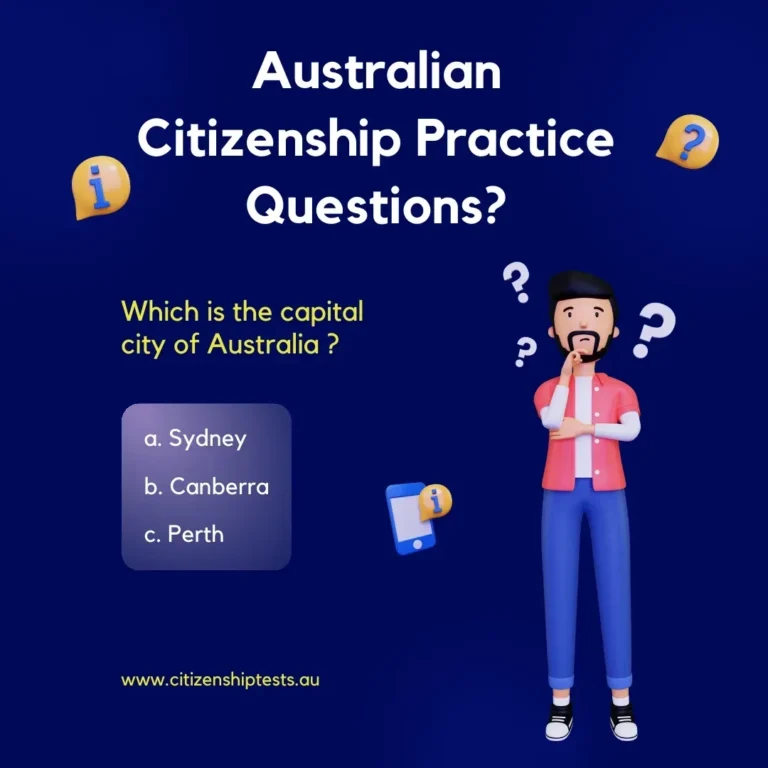Prospective marriage (subclass 300)
The visa prospective marriage subclass 300 is for those who have been promised marriage with an Australian, New Zealander, or permanent resident. Prospective marriage (subclass 300) is a vital way for companions planning to reside and marry in Australia.
- Marriage preparation: This visa allows for couples to get married and live together in Australia. The visa allows engaged to live together and eventually get married in Australia.
- Provisional stay: An engaged person Visa is a short-term charge which enables you to remain in Australia up to 9 months. The couple will have time to finalize wedding plans, visit family, and make future.
- The Pathway to Permanent Residence: After the marriage, the Prospective Marriage Visa holder may apply for the Partner visa (subclasses 820/801) to move to permanent residence. The pathway helps to build a family in Australia.
- Validation of Relationship: As part of the visa application, it is necessary to demonstrate a committed and genuine relationship between engaged partners. It helps validate the validity of the relationship before the couple can be granted permission to live and marry in Australia.
- Assessment of Character and Health: A prospective marriage visa applicant must undergo a character and health assessment. It ensures individuals who enter Australia are in good health, and that they have a positive character. This contributes to the safety of Australians.
- Reunion of Families: By allowing families to come together, the visa encourages family reunion. The visa is especially important for couples that have been separated due to geographical distance. It gives them a reason to stay together and embark on a bright future in Australia.
- Contributing the Economy: The visa helps to contribute to the economy and the social wellbeing of Australia by allowing couples to live together. The visa encourages couples to integrate into Australian society by encouraging them to participate in community and workplace activities.
Sponsor categories of Prospective marriage (subclass300)
In Australia there are different sponsorship categories for visa applications. Sponsors are usually the Australian, New Zealander, or permanent resident who is the spouse of the visa-seeker.
Below are some of sponsorship categories.
- Australian Citizens: An Australian can sponsor their fiancé(e) to apply for a Prospective Marriage Visa. Australian citizens must show proof of citizenship.
- Australian permanent resident: An Australian resident who is a permanent resident can sponsor a prospective spouse to obtain a prospective marriage visa. Sponsoring permanent residents must show proof of permanent residence.
- New Zealand Citizens Eligible: A New Zealander residing in Australia with a subclass 444 visa can sponsor fiancée(e). New Zealanders who lived in Australia before the 26th of February 2001, or who established a permanent residence in Australia are eligible.
With this visa
- You must have a serious and genuine relationship with a New Zealander, Australian, or permanent resident and plan to get married within 9 months after entering Australia.
- They must also meet health and character requirements. The applicant must also meet the health and character requirements.
- At the time of applying, you must be 18 or older.
- A visa must have not been cancelled, or a request refused during the applicant’s stay in Australia.
- It is the primary goal of the prospective marriage visa that the couple obtains. It is essential that the applicant have a genuine intention to marry his or her sponsor within 9 months of arriving in Australia.
- A genuine relationship between the applicant and their sponsor must be demonstrated, such as proof of joint activities and plans for future collaboration.
Cost
The price of the Prospective Marriage Visa (subclass 300) includes a few components, such as the basic application fee and any additional fees for the family members who are included in the visa application. Fees may vary depending on whether the visa application is made in Australia or abroad.
In and out of Australia
This visa, which is subclass 300 of the Australian visa classification system (the Prospective Marriage Visa), is for people who are not in Australia when they apply and receive the visa. This is a quick overview of key aspects regarding this visa, both in Australia and outside of Australia:
- Outside Australia Application: The application for the Prospective Marriage Visa must be made while the applicant (the prospective spouse) is not in Australia. The applicant must be outside Australia at both the time the application is made and the date the visa will be granted.
- Temporary stay in Australia: Once the Prospective Marriage Visa is granted, the visa holder can enter Australia to spend a temporary period up to 9 months. The primary goal of this stay is to get the couple married within the period that the visa will be valid.
- Marriage within Nine Months The visa is issued with the condition the visa-holder marry the sponsoring partner in Australia within nine months.
- Temporary to Permanent Residence: After the marriage, the visa-holder may apply for the Partner Visa (subclasses 820/801) to move from temporary to permanent residence.
For this visa
Both the applicant (fiancée(e)) as well as the sponsor must meet certain requirements and provide specific documents to apply for the Prospective Marriage Visa (subclass 300).
Visa Application for Fiancé
- Certified copies of travel documents or passports.
- Photos, email, letters, and any other documents that show joint plans and activities as well as communication.
- The panel doctor will examine you. Results are valid usually for a period of 12 months.
- The main application must be filled out and returned.
- The applicant must complete Form 47A to declare their marital status.
- The sponsor must give proof of evidence of regarding their marriage plans. This includes venue bookings or invitations.
- Visa application fees are payable.
Sponsor:
- Copy of Australian passport or proof of permanent residence.
- This sponsorship certificate or form must be submitted
- Documentation that proves the background history and nature of relationship for instance, joint credit account etc.
- Certificate of police clearance to create good character.
- The sponsor must give proof of evidence of their fiscal stability to support your partner or fiancé during her first visit in Australia.
- This form may be required if the sponsor is using the migration services of an agent.
Application process
- Verify that the applicant for the visa (fiancé) as well as the sponsor both meet eligibility requirements.
- Collect all the required documents, such as proof of identification, proof of relation, character check, results of health exams, and any other evidence.
- The sponsoring spouse must complete the Form 40SP.
- Send the application form and all required documents to the visa office. Most applications are lodged overseas, which means the applicant must be out-of-Australia at the time the application is made.
- The visa application fee is payable. Fees may differ depending on your circumstances or changes to government policies.
- Examine your health by a panel doctor. Results are valid usually for a period of 12 months.
- Please provide police clearance certificates for all countries in which the applicant has lived for 12 months or longer during the last 10 years.
- The Department of Home Affairs assesses the application once it is received. The processing time can be different, and applicants are advised to check on the official site for the latest information.
- The future mate visa is granted if the application has been approved. Visa holders can enter Australia for the duration of their visa validity (up to 9 months).
- This visa was designed to encourage couples to get married within 9 months after entering Australia.
- The visa holder may apply for the Partner Visa (subclasses 820/801) after the wedding to make the transition from temporary residency to permanent residence.

Eligibility criteria
- Intention To Marry: Both you and your future spouse must have a genuine intention to get married within 9 months after the visa is granted.
- Sponsorship To be eligible for sponsorship, you must have a sponsor that is either an Australian, Australian Permanent Resident, or eligible New Zealander citizen. Sponsorship must be provided by the sponsor.
- Age: You and your spouse-to-be must both be 18 years of age.
- Valid Relationship: It is important to demonstrate that the relationship you have with someone else is real and ongoing. You will need to provide evidence that your relationship is genuine, including joint financial obligations, social factors, and plans.
- Character and Health Requirements Both you and any family member who is dependent on you must satisfy the health and character requirements. Typically, this involves passing a physical examination and obtaining a police clearance.
- Previous visa violation: If you have a history of fraud or previous visa violations, this is not the case.
- No outstanding debts: It is essential that you do not have any outstanding obligations to the Australian government.
What is a prospective marriage visa?
The visa allows you to enter Australia and marry your spouse if they are an Australian national, Australian permanent residence, or eligible New Zealander citizen.
Can I sponsor myself for a prospective marriage visa?
You must sponsor an Australian, Australian Permanent Resident, or New Zealander citizen.
What is the processing time for the prospective marriage visa?
The processing time varies, but in general, it takes several months. The latest estimate can be found on the Department of Home Affairs’ website.
Am I allowed to work in Australia with a Prospective Marriage visa?
You can work in Australia if you have this visa.
How can you demonstrate a real relationship?
To prove a real and lasting relationship, you may need to provide evidence such as shared financial obligations, living arrangements and the future.

